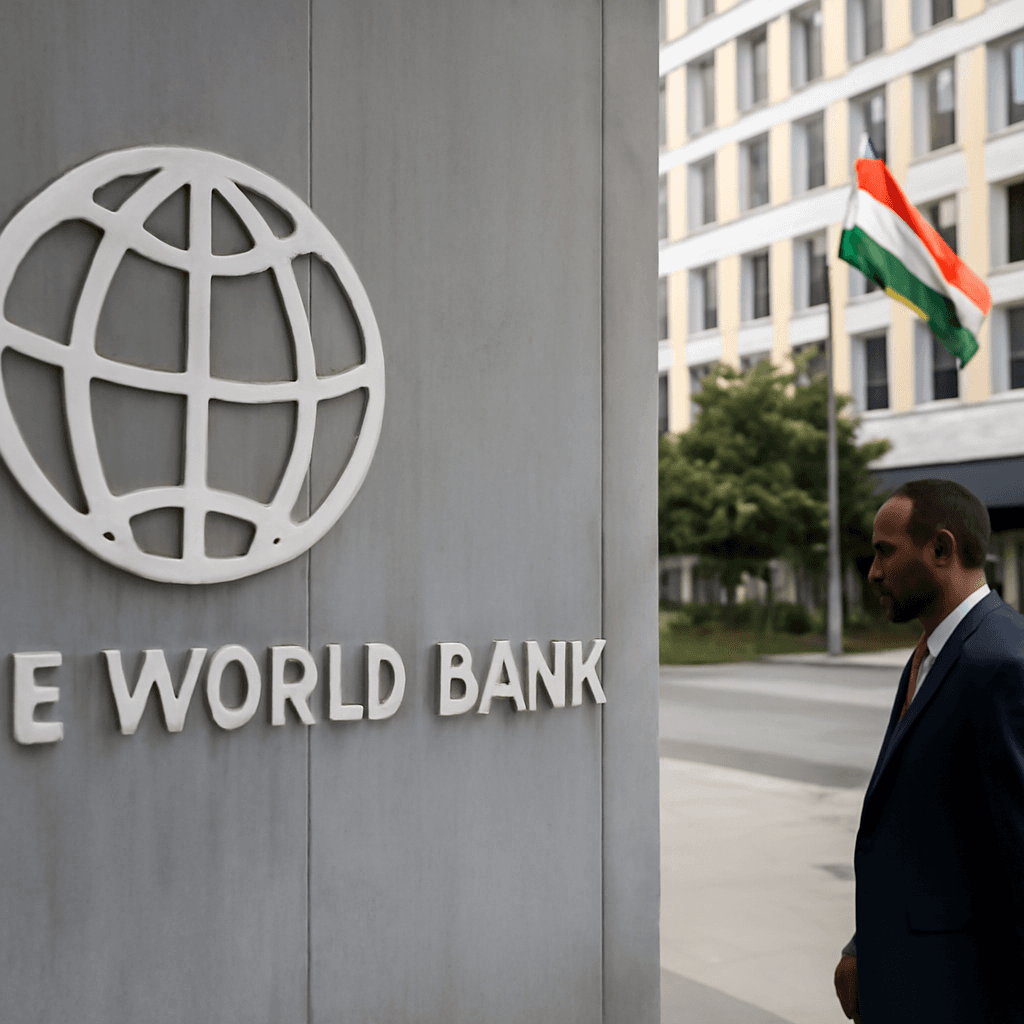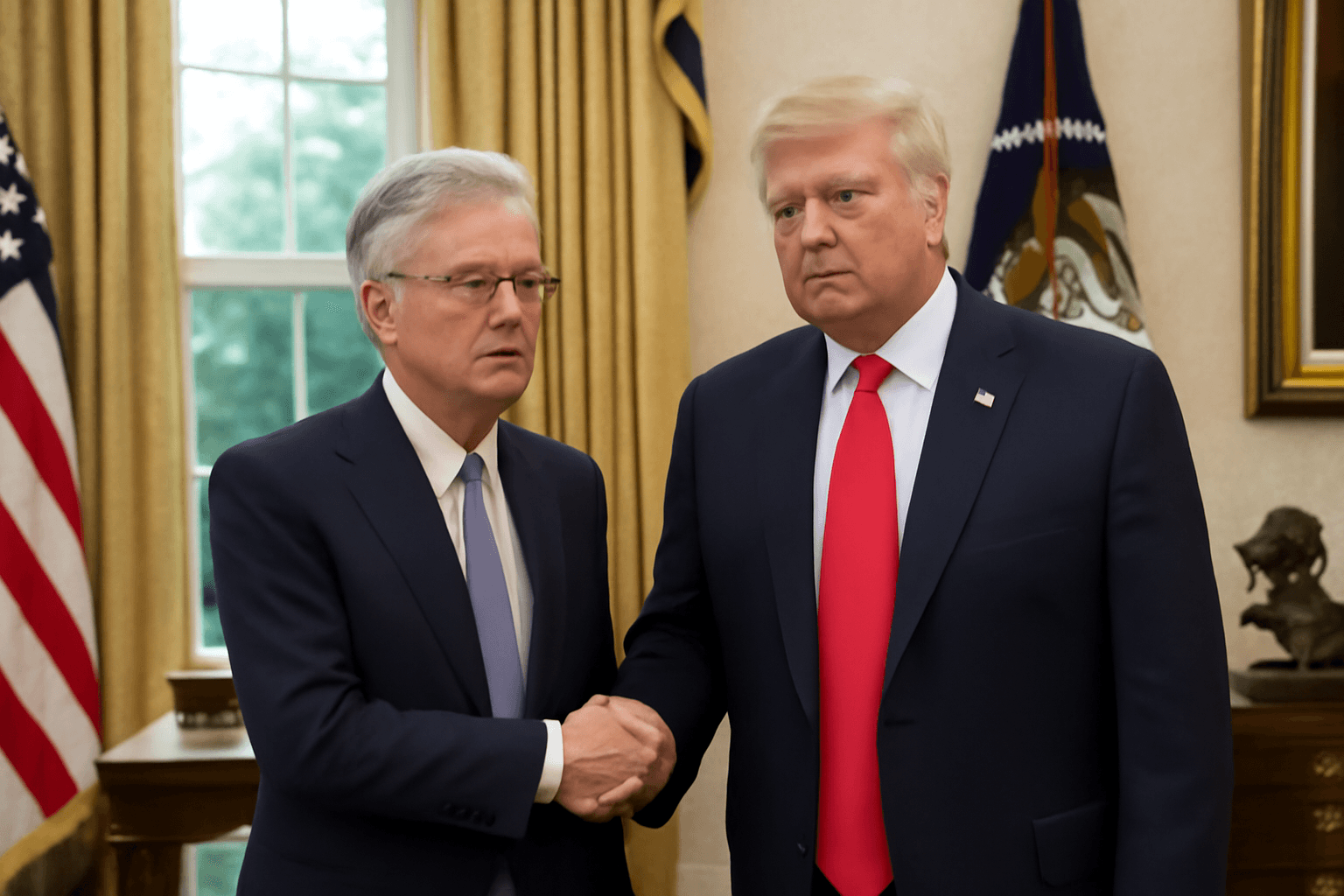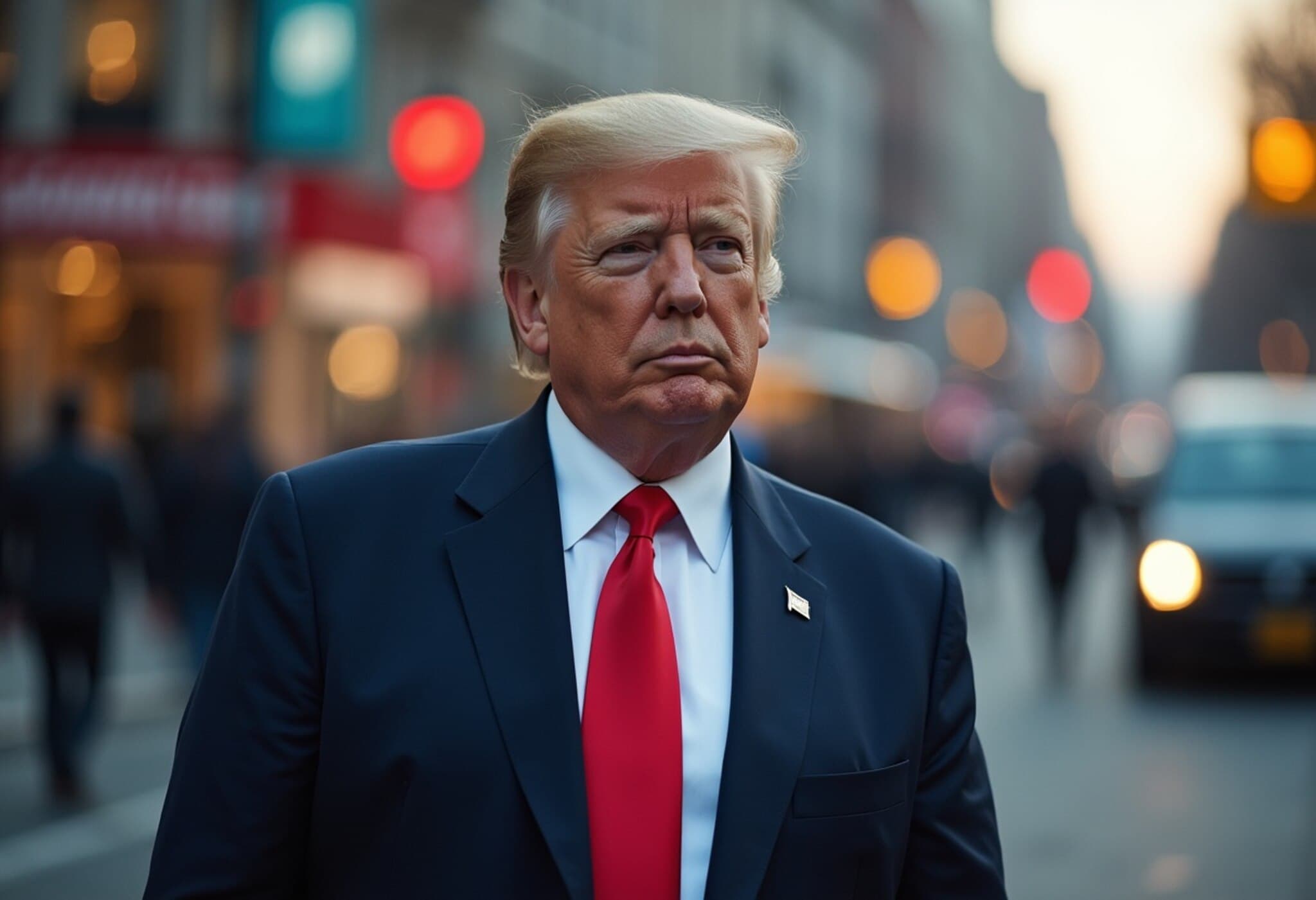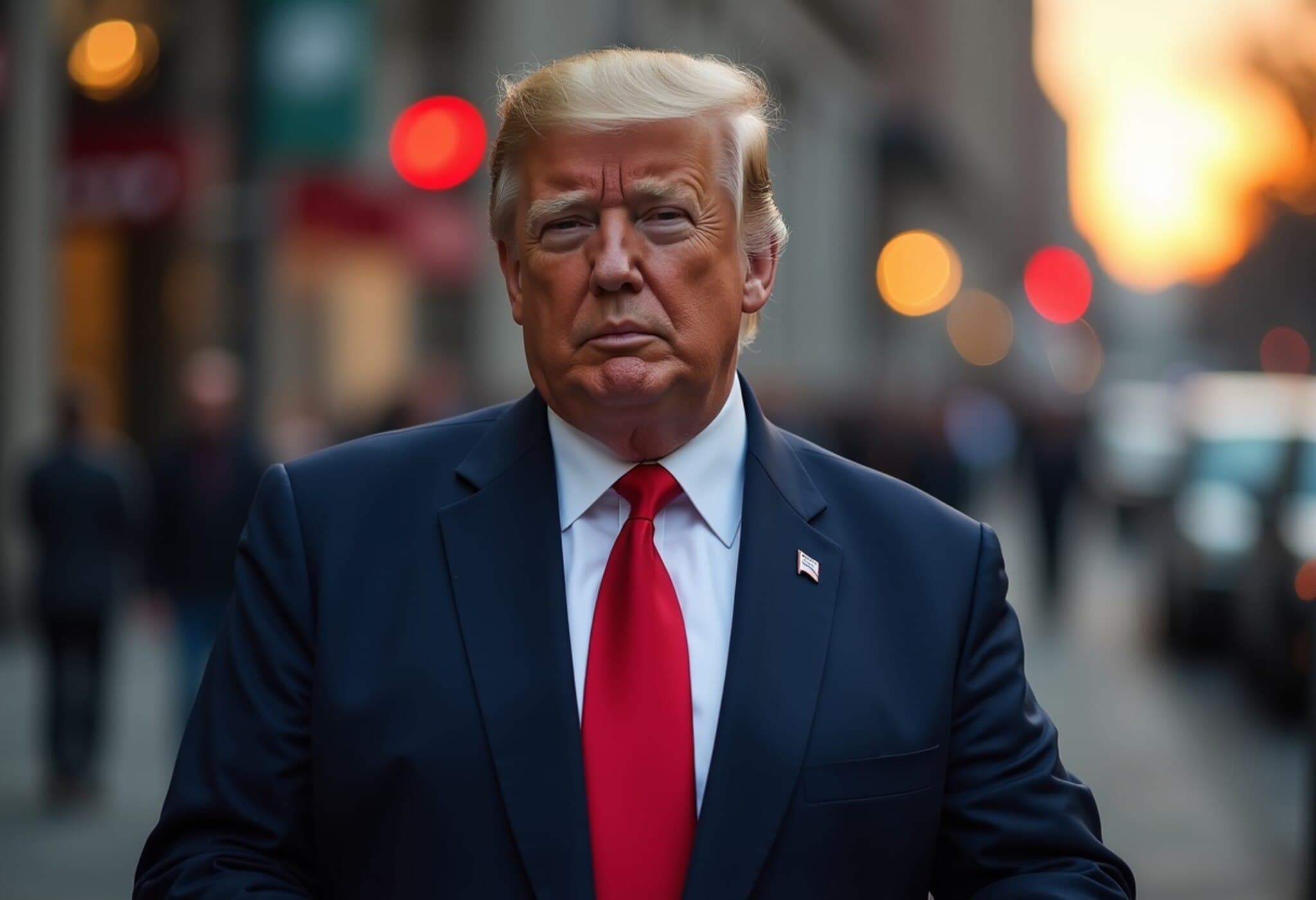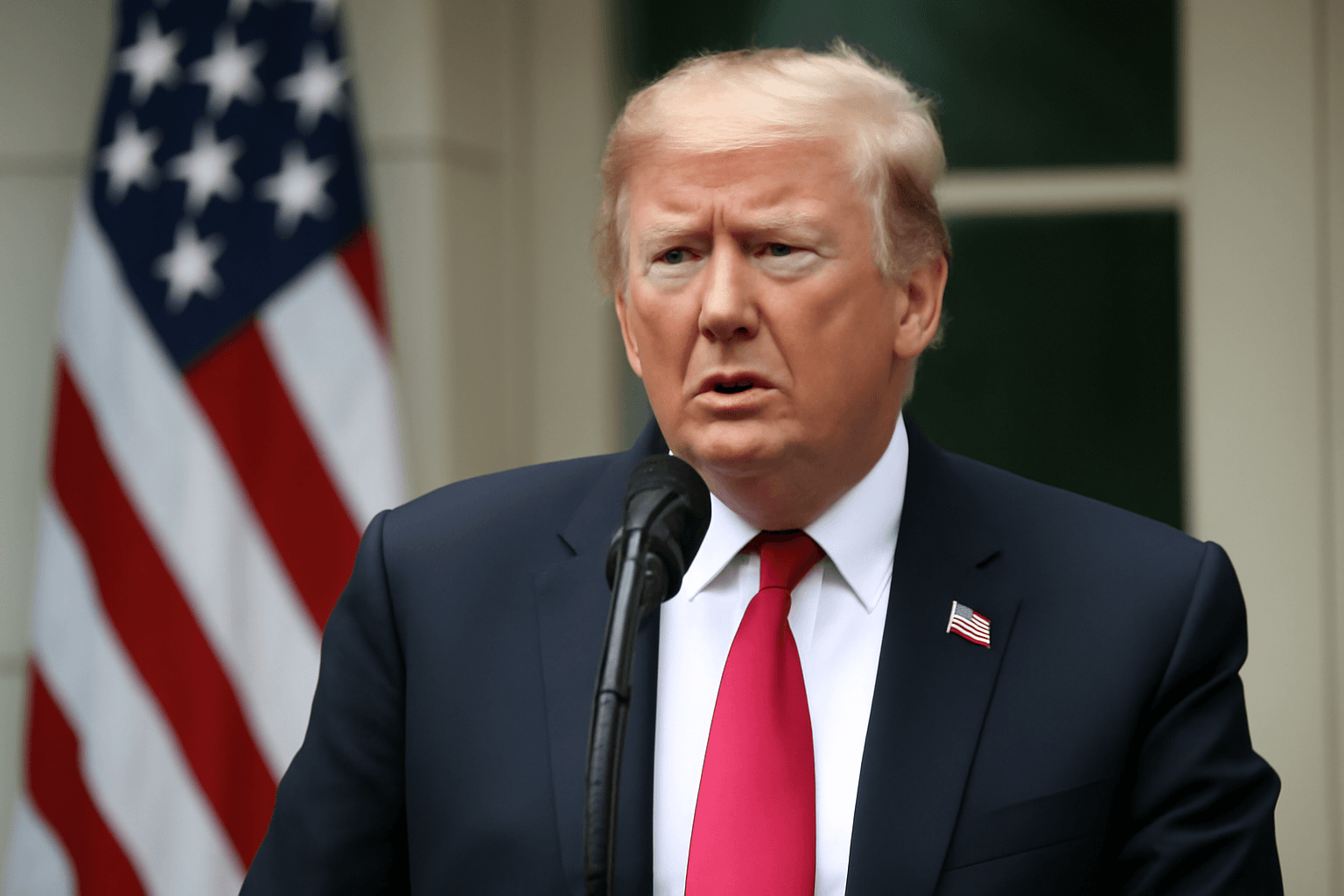World Bank Revises India’s GDP Growth Estimate Downward for 2026
The World Bank recently adjusted its forecast for India’s GDP growth for the 2025-26 fiscal year, trimming the projection from 6.7% to 6.3%. This revision comes amidst concerns over softer export performance and a slowdown in investment growth.
Despite this downgrade, India continues to hold the title of the fastest-growing major economy globally, offering a beacon of resilience amid a challenging global outlook.
Global Economy Faces Headwinds with Slowest Growth Since 2008
The downward adjustment for India is part of a broader trend reflected in the World Bank’s recent report, which also slashed the global growth forecast for 2025 to 2.3% from the earlier estimate of 2.7%. This marks the slowest pace of worldwide economic expansion in over a decade, excluding periods of recession.
Heightened global policy uncertainty is cited as a key factor behind subdued investment growth. However, the outlook for India remains cautiously optimistic with projections indicating a recovery in GDP growth to an average of 6.6% annually during the 2026-27 and 2027-28 fiscal years. This bounce-back is expected to be driven by strong services sector performance and an eventual pickup in export activity.
Positive Trends in Inflation and Fiscal Health
The report also highlights some encouraging developments for India’s economy. Inflation is forecast to remain manageable, assuming typical seasonal patterns persist. Additionally, India is anticipated to continue its path toward fiscal consolidation, supported by rising tax revenues and controlled current expenditures.
This prudent fiscal management is expected to help steadily reduce the public debt-to-GDP ratio over the forecast period.
World Bank Calls for Trade and Fiscal Policy Reforms
Addressing the broader economic challenges, the World Bank’s Chief Economist emphasized the need to rebuild and strengthen international trade relationships. He argued that globally lowering tariffs to about half of the current rates could enhance global growth by 0.2 percentage points in both 2025 and 2026.
Most developing countries maintain tariffs considerably higher than those in high-income nations. Reducing these barriers, the economist suggests, would be one of the most effective strategies for accelerating growth.
Beyond trade, restoring fiscal discipline and focusing on job creation are crucial steps toward sustainable economic expansion.
Looking Ahead
While the World Bank’s revision signals short-term challenges for India and the global economy, the country’s underlying fundamentals position it well to maintain robust growth. Continued emphasis on fiscal prudence, trade liberalization, and investment in services will be pivotal in navigating the turbulent global landscape ahead.

